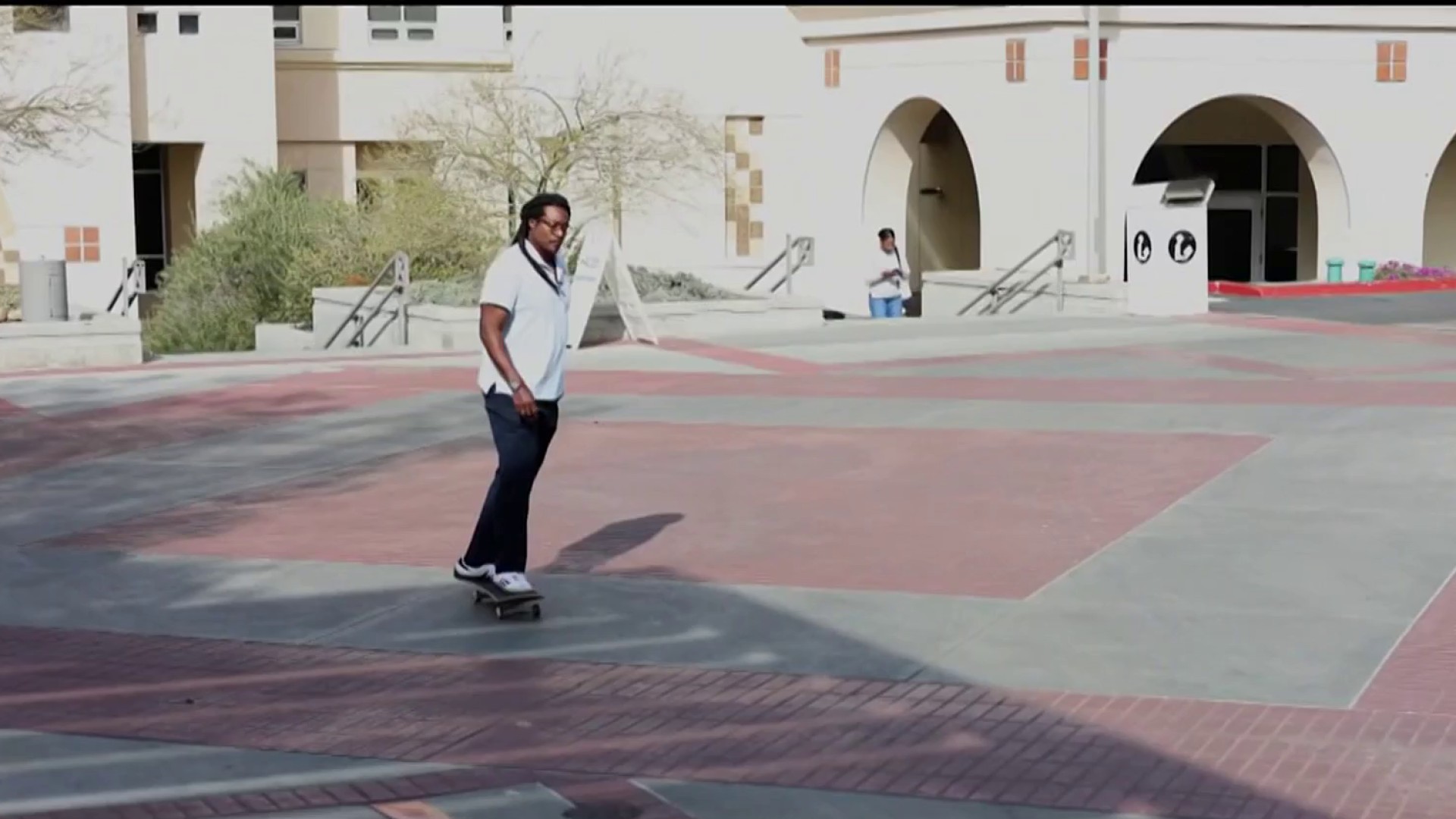NBC 7’s Brooke Martell takes a look at how NASA could play a new role in keeping us safer when it comes to wildfire prevention in San Diego.
When a large wildfire or other disaster hits San Diego, it’s all hands on deck to save lives and protect property, but coordinating all the crews, gear and equipment during an emergency is no easy task. Now some NASA researchers are taking a look at what could be improved.
When you think of NASA, you might not think of wildfire operations. However, NASA researchers Michael Vincent and Joey Mercer shared how aeronautics research could keep firefighting operations going even during the most challenging weather conditions.
Vincent is part of the team bringing more recognition to the second “A” in NASA, which stands for aeronautics. This past week, he was sharing NASA's research that could assist during wildland fires at the Xponential convention downtown — a conference that attracts thousands from the uncrewed systems and robotics industry.
“Assisting emergency responders in wildfires, hurricanes and then eventually urban disasters. We’ve been helping them more effectively fight fires or create those safety services that mitigate the risk to people on the ground and people on the air,” Vincent said.
Get top local stories in San Diego delivered to you every morning. Sign up for NBC San Diego's News Headlines newsletter.
Now researchers hope their work could help firefighters with a program called ACERO.
”That stands for advanced capabilities for emergency response operations,” Mercer said.
It’s part of a bigger initiative.
Local
“This big vision we have is uncrewed suppression activities in a wildland fire fighting setting in allowing those suppression activities to continue in like a tricky visibility condition,” Mercer said.
Uncrewed means digitally operated, which could mean a future with 24/7 firefighting operations, despite weather conditions, like dense fog or smoke.
”Having the ability for that type of capability to continue regardless of the visibility conditions we think will bring an impact to the wildland fire fighting activities or just the response itself, and ultimately we’re trying to enable that,” Mercer said.
He describes the current operations within fire agencies as extremely safe and cautious, but manually coordinated.
“You would be listening for different radio clearances,” Mercer said. “You would have like a two-way radio you could imagine for example. And that’s how they coordinate the airspace when they’re sharing the airspace between various crewed assets and uncrewed assets.”
While the research is in its first of five phases, he says it’s not meant to replace but rather enhance wildland fire operations.
”It’s very important to me, well to the team, to build capabilities that supplement in a positive way the operations they do today,” Mercer said.



